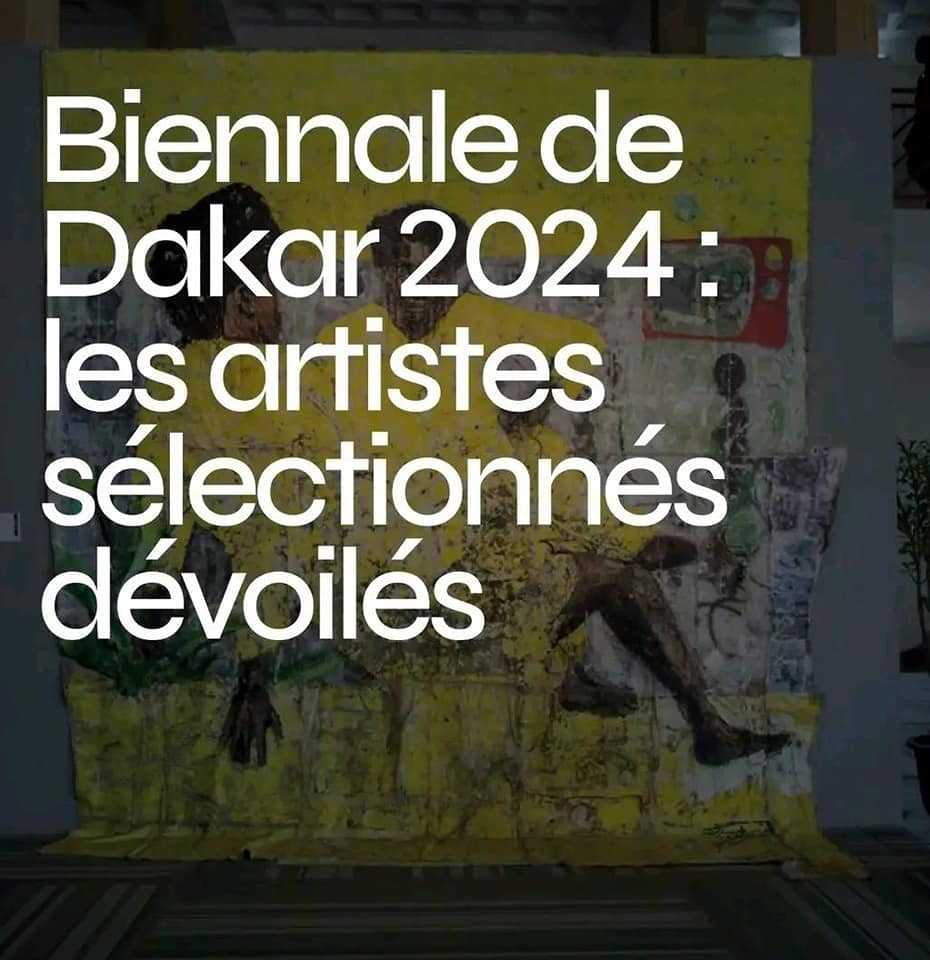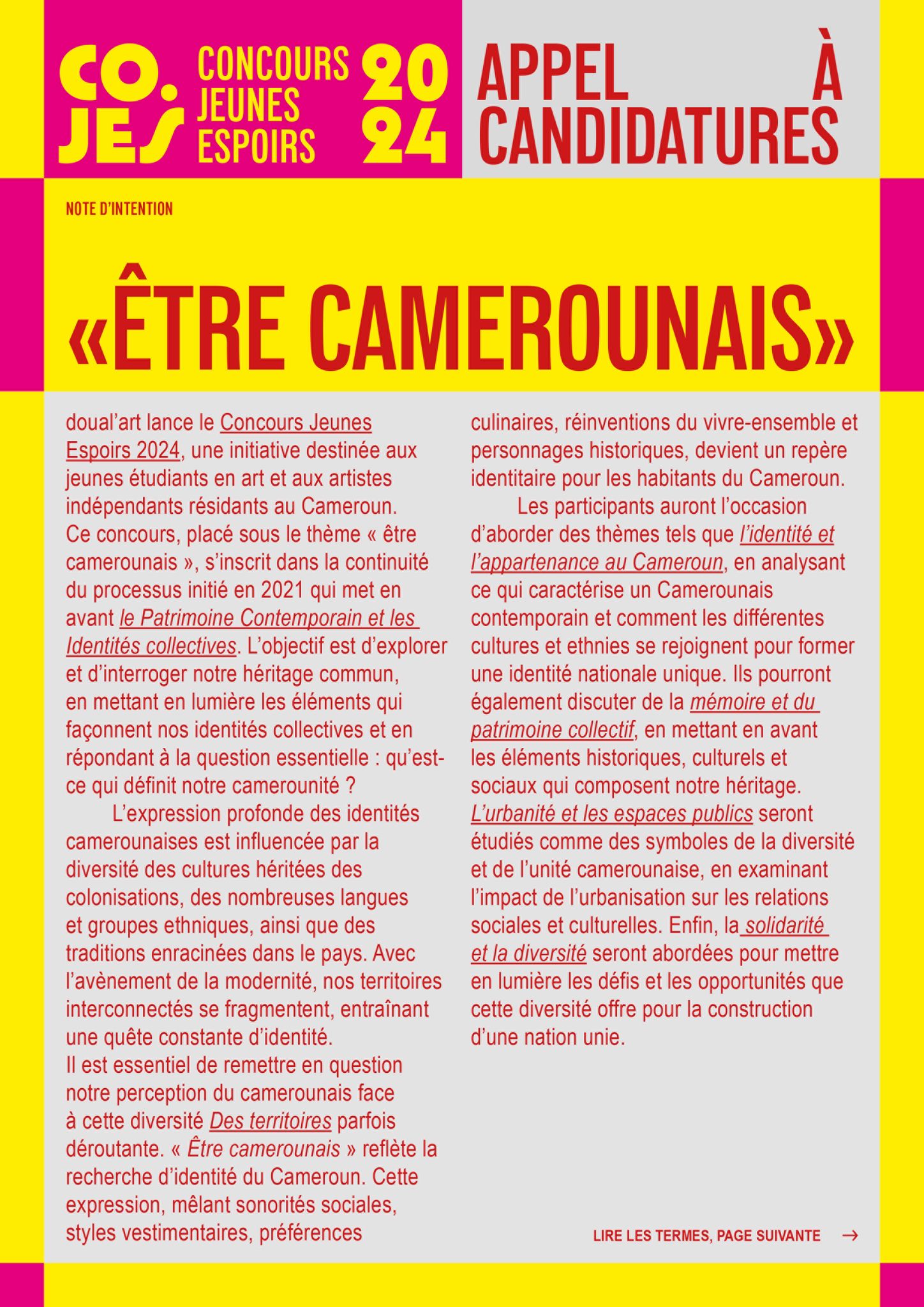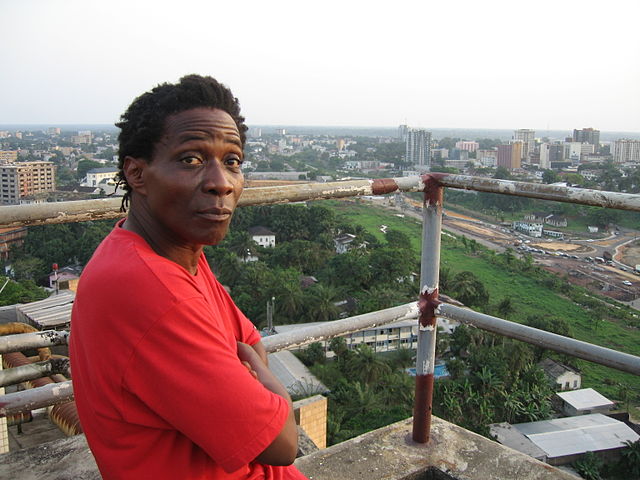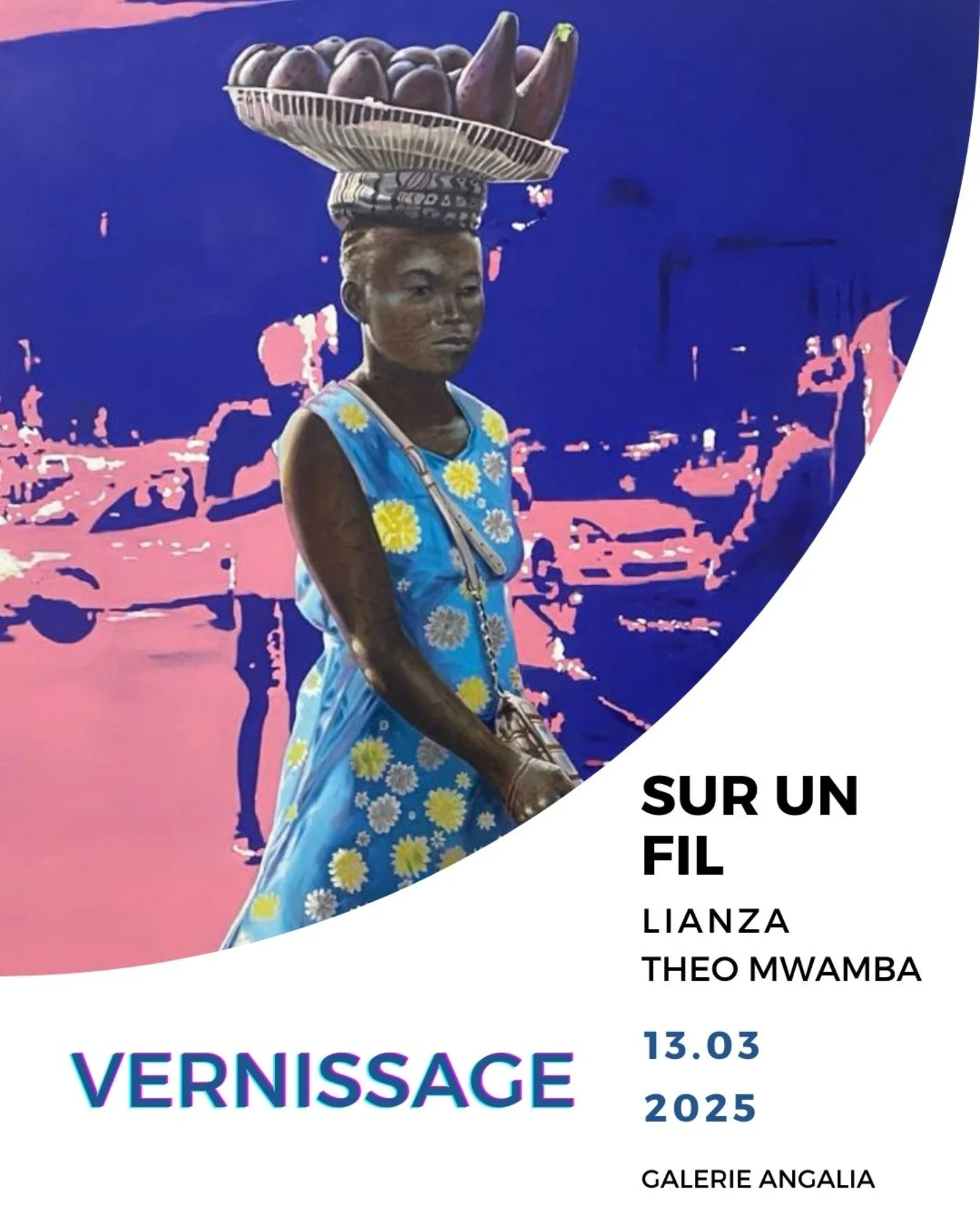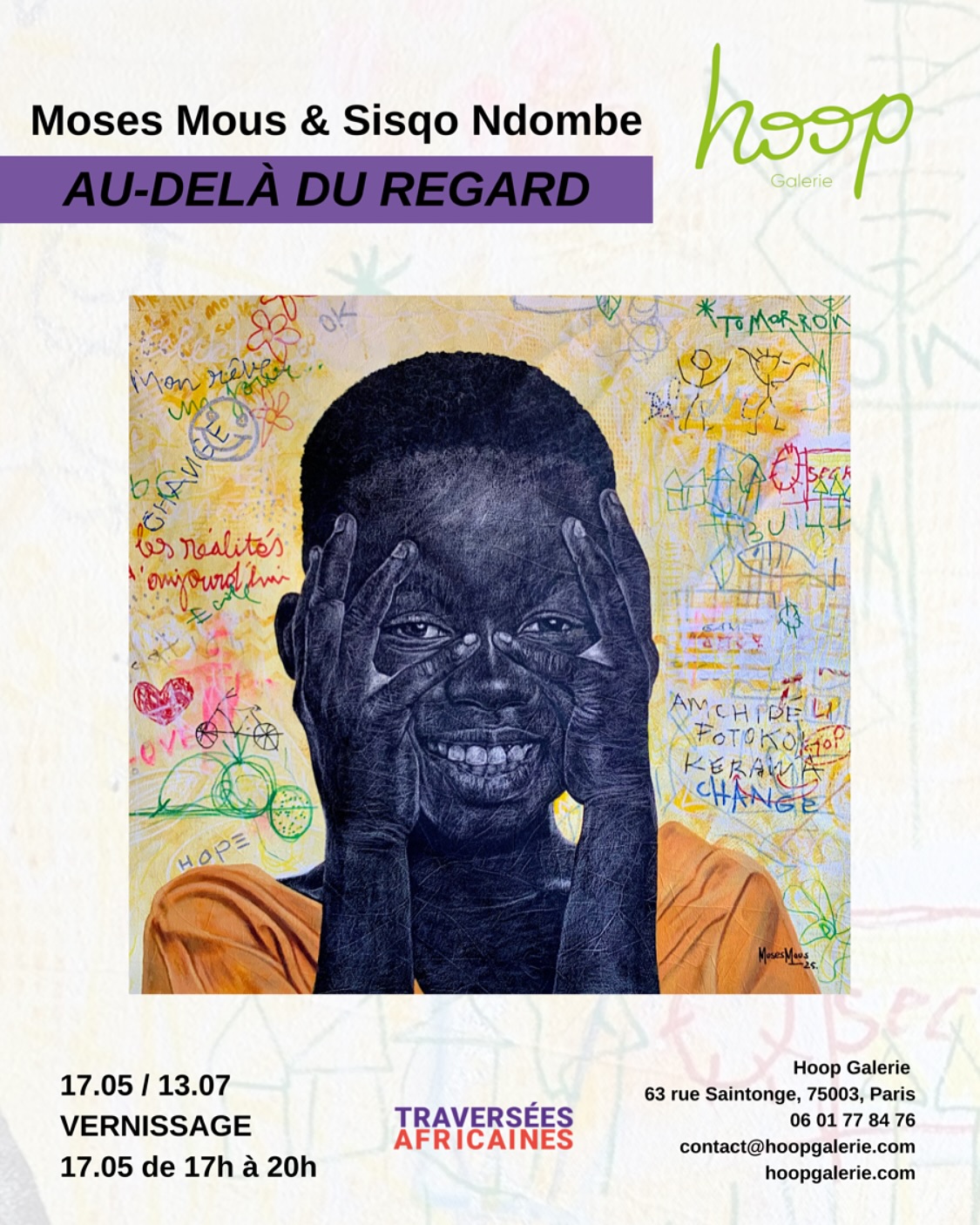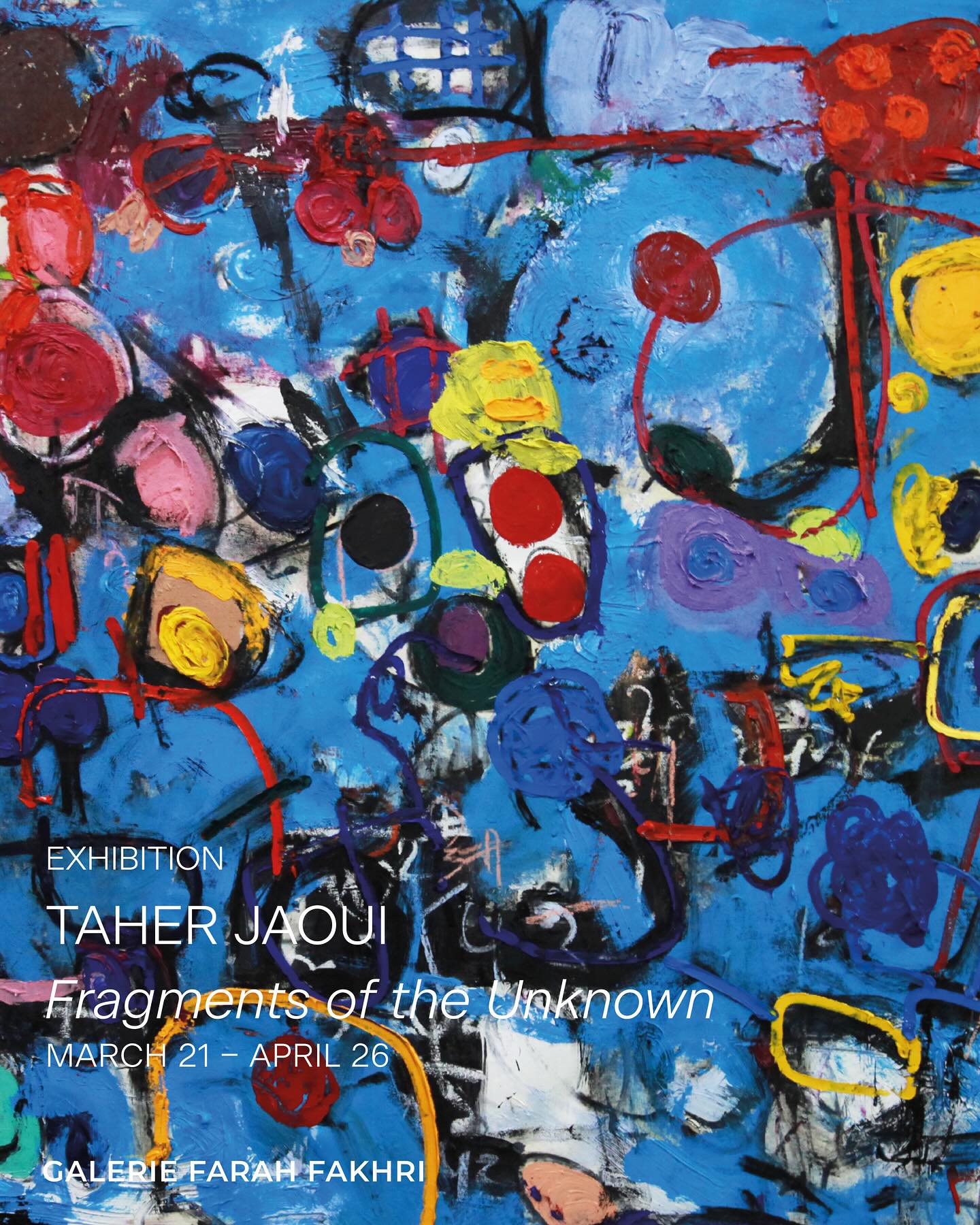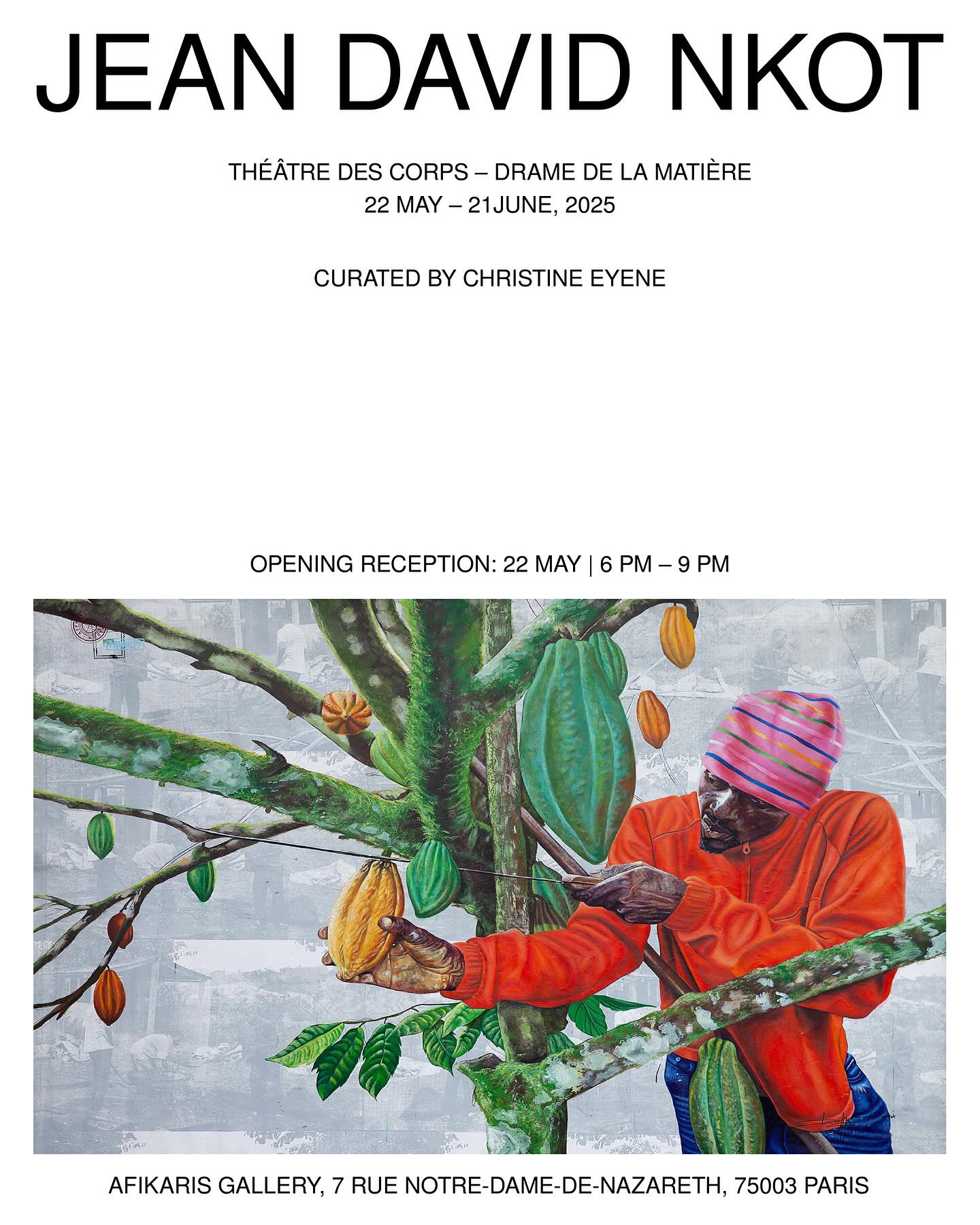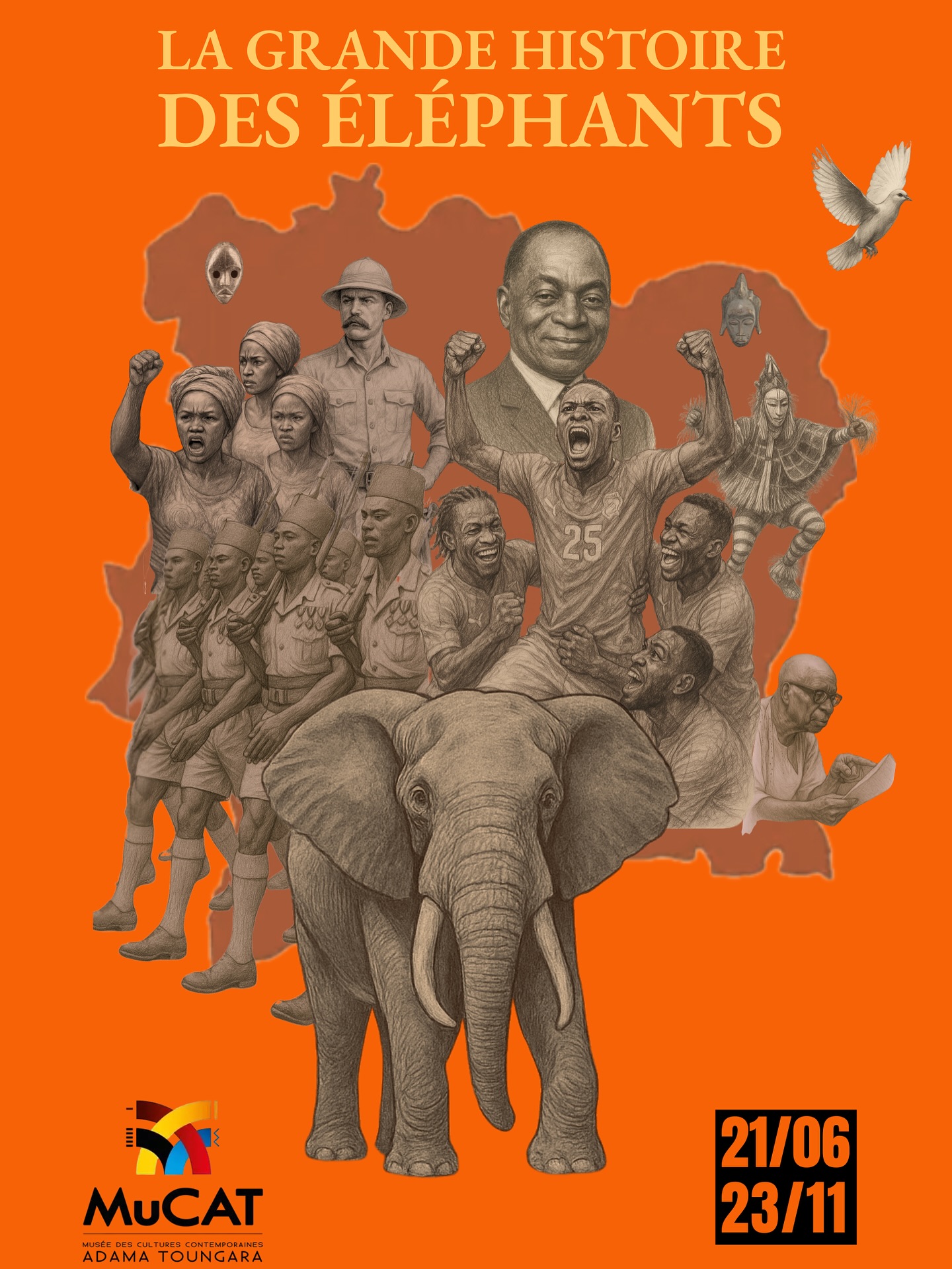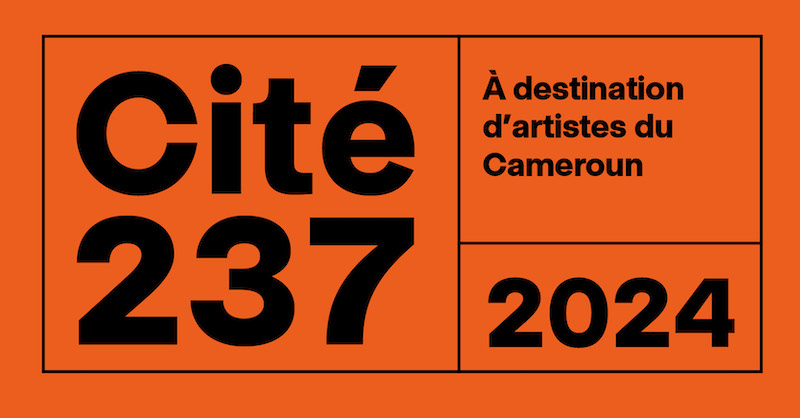
Renowned Cameroonian painter and sculptor Koko Komegne dies at 75
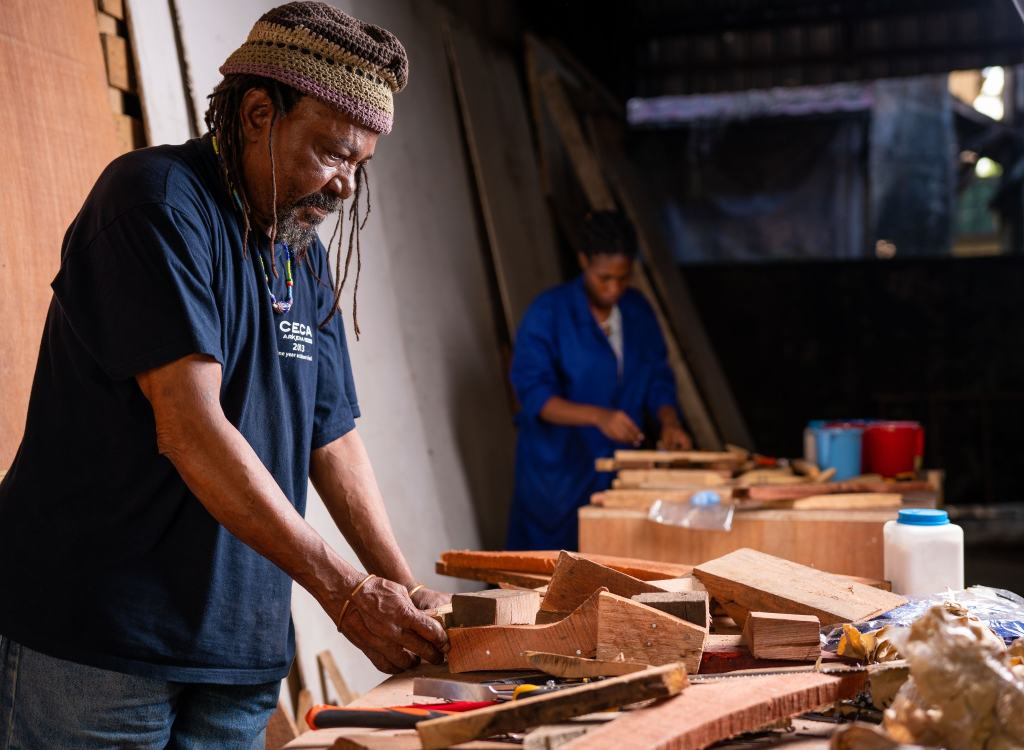
Koko Komegne, a pioneer of Cameroonian contemporary art passed away this Tuesday, October 28, 2025, in Douala, barely a few weeks after celebrating his 75th birthday on October 2. Koko Komégné was an influence and mentor for an entire generation of Cameroonian visual artists. His works have been exhibited worldwide, and his public sculpture, Njé Mo Yé, installed in the Nkololoun neighborhood of Douala since 2007, is one of his most famous pieces.
Born on October 2, 1950, in Batoufam, Koko Komégné was a self-taught Cameroonian painter and sculptor. He grew up in Yaoundé, Batoufam, and then Douala. Koko Komégné is also considered a resistant figure in Cameroonian visual arts, having begun painting in the mid-1960s.
Arriving in Douala in 1966, Koko Komégné, then 16, met the Frenchman Jean Sabatier, who owned a company specializing in advertising painting. Impressed by the septuagenarian's work, the young teenager asked him to teach him to paint. Sabatier offered a polite refusal, saying he did not have time to train an apprentice. However, he authorized Koko Komégné to come to his studio to watch him work. Thus, Koko came every day to Jean Sabatier's studio to observe him. Faced with the young man's daily motivation for painting, Sabatier eventually agreed to teach him the trade. This is how Koko Komégné became a painter, starting with advertising painting. Between 1966 and 1990, alongside his art, Koko Komégné practiced advertising painting, creating public plaques and billboards.
Koko Komégné already had an artistic spirit well before his meeting with Jean Sabatier. In May 2025, during the presentation of his book, " Koko Sweet Logik" (published in 2024) at The Forest Creative Loft space in Douala, he confided: "I created my first work in Yaoundé when I was nine years old. It was a wood sculpture." He continued by asserting, "One does not become a painter. Painting, art, is in the blood. But you also have to discover it, you have to know it, you have to perceive it, and dedicate the necessary time to it."
Koko Komégné's art is essentially humanistic, dedicated to the liberation of man. For Koko, "Art is nothing if it is not at the service of the human being. Art is nothing if it is not at the service of man." His style is founded on africanity, generally described as a mix of surrealism and cubism.
Koko Komégné viewed himself as a rebel and committed artist. He played a crucial role in the recognition of visual arts in Cameroon. Koko is also known for his sculptures in a distinctive style that deconstructs the representation of African masks. His paintings and sculptures are dispersed in private collections worldwide. Njé Mo Yé, one of his major public sculptures, was installed in Douala in his childhood neighborhood of Nkololun in 2007, as part of the Douala Urban Art (SUD) event.
In 2016, he celebrated 50 years of his career with a large retrospective exhibition titled « Sweet Logik » at the Doual'art space, showcasing over 200 of his works.
Koko Komégné dedicated his life to proving that artistic creation is a generous act. Furthermore, in October 2022, Master Koko hosted a residency for a group of eight young Cameroonian female visual artists who form the New Spirit collective. Following several weeks of training under Koko’s guidance, the collective presented the exhibition " Masque à Masque" (Mask to Mask) at the Akwa Hin Hotel in Douala, under the direction of curator Louise Abomba.
"I do not want to be like those Africans who die with their science, who die with their knowledge. I transmit it. My most permanent concern is not to have 20-story or 50-story houses, no. I want my legacy to be immaterial, to be in the consciousness, the souls. That it transcends my time on Earth and that I continue to live for centuries and centuries," Master Koko said when asked about his motivation for supporting such an initiative.
While he had officially announced last May the celebration of his 60th career anniversary in 2026, the artist Koko Komégné abruptly leaves the stage this Tuesday, October 28, 2025, just months before his major consecration, leaving an indelible mark on the Cameroonian and African art scene.
By Minette Lontsie
Latest Articles
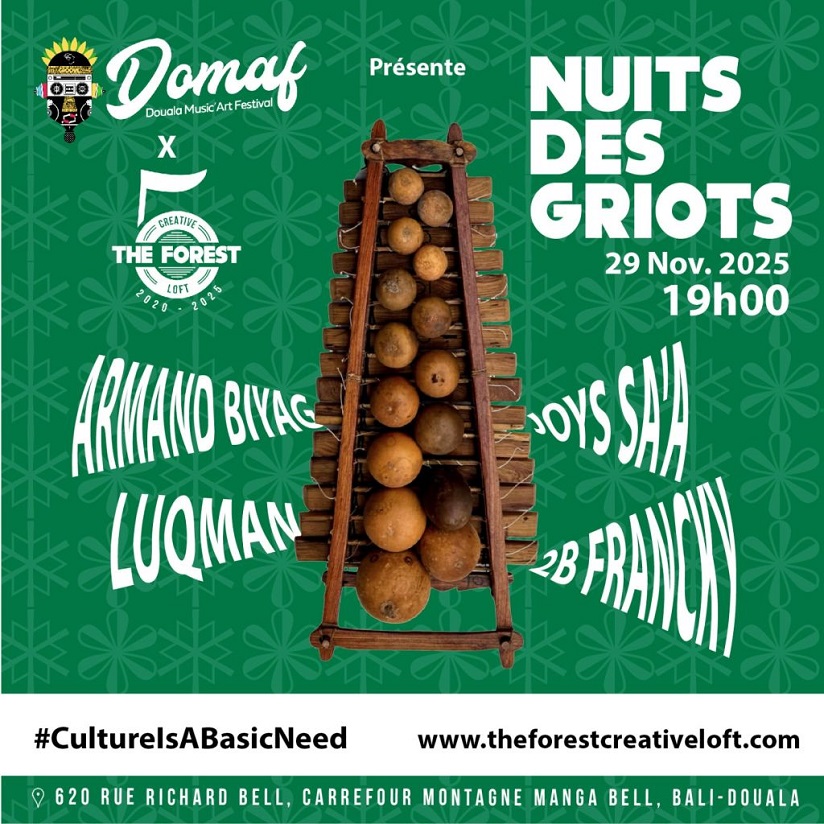


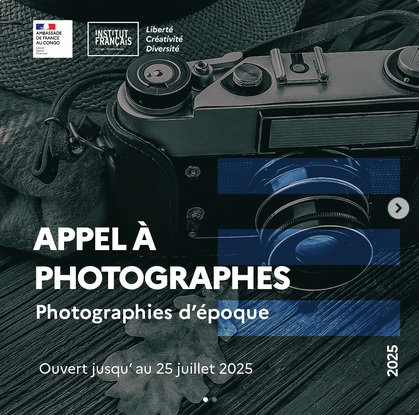
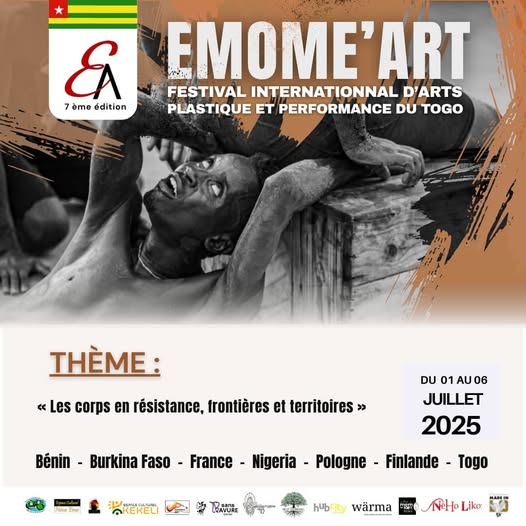
Featured Exhibitions
Most-Read Articles
